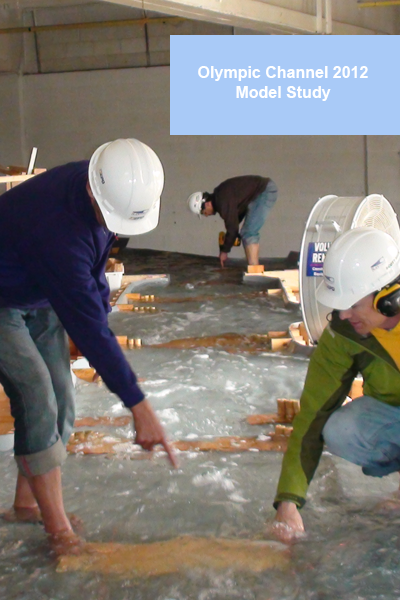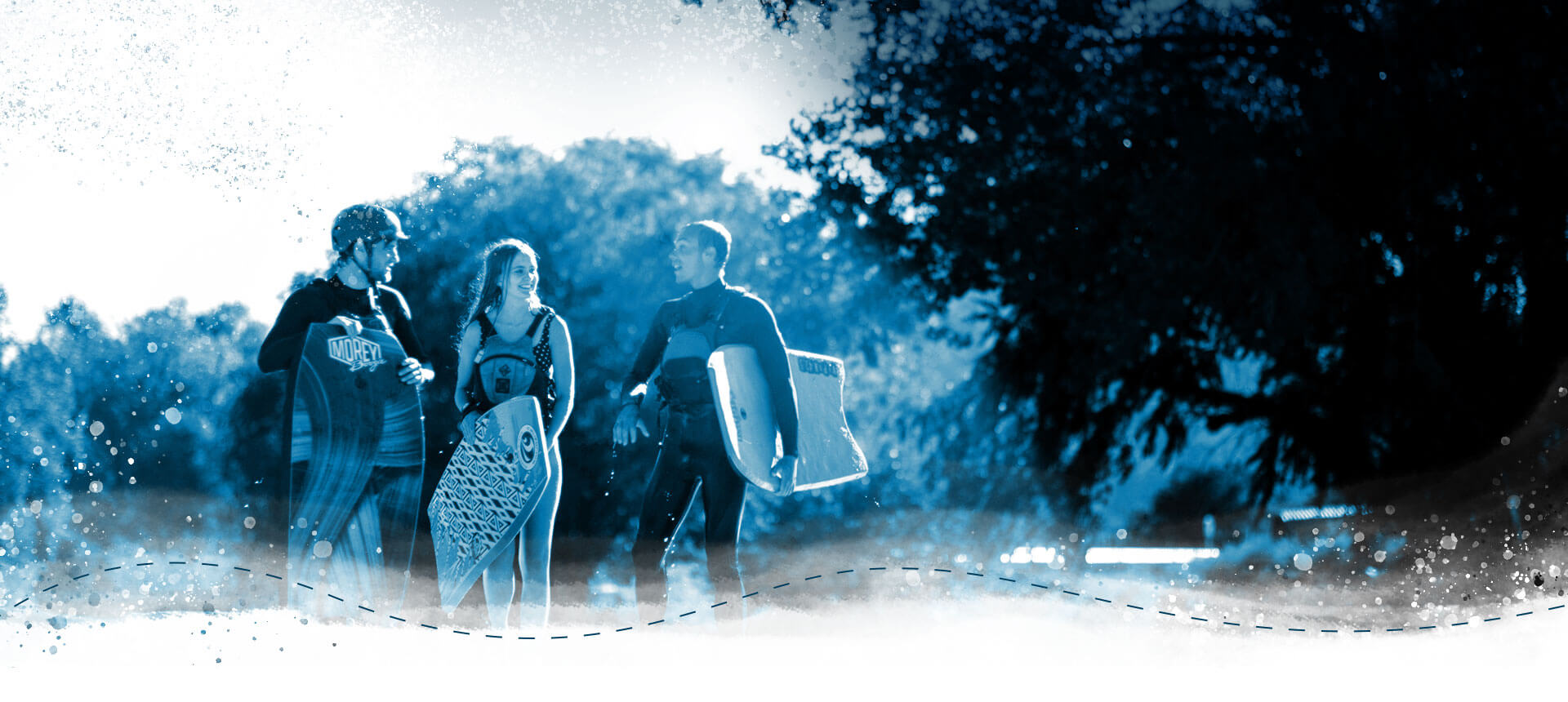Physical Modeling of Hydraulic Structures

Physical Modeling of Hydraulic Structures
S2o specializes in the physical modeling of whitewater parks and the Physical Modeling of other Hydraulic Structures. Here is a summary from one of our clients about the Physical Modeling of the London 2012 Olympic Venue at the Lee Valley Whitewater Centre:
Physical Modeling of the London Whitewater Canoe Slalom Venue
I own and operate an engineering firm in the United Kingdom. Ostensibly, I would be a competitor to S2o as I also plan, design, and implement whitewater parks. Instead, however, we tend to partner on projects around the world. S2o’s business model, much like my own, is unique. We are engineering firms that are formulated to fit seamlessly within a larger design team. On many of our projects we team with local site/civil engineers as well as contractors, electrical engineers, architects or whatever the case may bring. Our role—and one that S2o manages very well as well—is to make that larger team stronger and to bring unique expertise in white water design.
S2o and I have worked together on several projects including the London Olympic Park located in Lee Valley near London. The London Park was a rush project as, by the time we became involved, construction had already started and design work had lagged. What was needed was a two-part team, one to manage the project from the UK side—going to meetings, understanding client needs, and coordinating deliverables. From the other side we needed hard data and we needed it quickly. We needed computer and physical models that would substantiate our design and design changes and we needed tools that would convince the Olympic Development Authority and its stakeholders that these whitewater channels would meet, or exceed, their specifications. What we needed was a professional design team that was going to get this job done, and done accurately and quickly.
As a team we hit the ground running and worked seamlessly to create what has been universally called the “best, and most modern, whitewater park in the world”. S2o’s design process, advanced software, and modeling techniques meshed seamlessly with our own such that, though we live on opposite sides of the Atlantic, we were able to collaborate effortlessly. Within three weeks we had created the necessary computer models to show the client that we needed a physical model, within six more weeks we had designed and built the world’s largest physical model ever constructed for a whitewater park. It was a 1:10 Froude Scale model constructed at S2o’s facility in Boulder, CO (USA) and it gave us a place where the British Canoe Union, the Olympic Delivery Authority, and other stakeholders could wade into the future Olympic Channel and measure and evaluate the velocities, the waves, the eddies, and other whitewater characteristics with their own hands. That one model was all it took to move a project from stalemate, to approved design by all parties. Within 12 more months we would paddle on that same course as it was being approved by the International Canoe Federation for competition for the next games. This was a project where the Physical and Computer Models—and the professionalism with which they were made—defined the project.
Recommendations:
Start with the best design team you can find—one that has completed projects accurately, on time, and to the expected standard. You don’t want to change mid-stream and expect a rush job.
All great whitewater parks are team efforts. You need to pick a whitewater design team that works well as a team. The best metric of this is “how many projects have you finished recently?” If they’re getting projects done, they are good teammates.
Etc.

